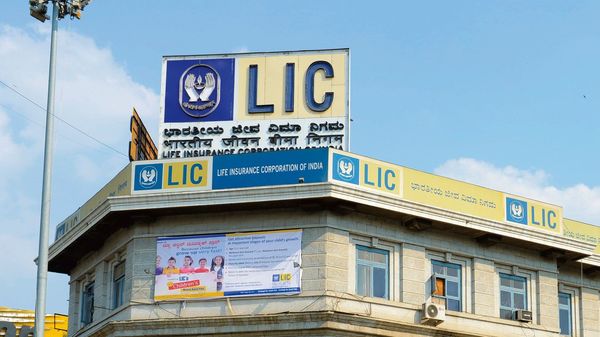The Modi government is betting big on privatization for economic growth, and this was evident in economic survey and budget. The government has estimated 2.11 Lakh Crore rupees receipts from disinvestment, which is highest ever. The target for divestment in the next fiscal year is almost double of the ongoing fiscal year.
In order to reach the 2.1 Lakh Crore rupees divestment target, the government plans to list LIC- the cash milch cow of the government- to the stock market. The analysts expect that the total market capitalization of LIC would be around 10 Lakh Crore rupees and the government will probably divest 10 per cent in the IPO. The valuation of LIC will be more than that of Reliance Industries Limited- the largest Indian company by privatization.
“LIC is likely to become the country’s biggest company by market capitalisation on the day of the listing given that it is the largest company in terms of assets under management (AUM),” said Kajal Gandhi, Analyst, ICICI Direct.
The government expects around 90,000 Crore rupees of the 2.1 Lakh Crore rupees to come from the listing of LIC. “The Rs 90,000 crore for financial sector disinvestment will come from LIC and IDBI Bank. The valuation will be decided at the time of listing,”said Rajiv Kumar, finance secretary.
The 6 decades old LIC is among the largest financial companies in the country with 31.3 lakh crore rupees of asset under management. The company has a total of 29 crore policyholders, which means an average family of the country has more than 1 LIC policy; given the fact, there are 25 crore families. LIC has more than 1.1 Lakh employees and more than 11 lakh agents.
The listing of LIC is being compared with IPO of Saudi Aramco- the state-owned Oil and Gas Company of Saudi Arabia and Indian analysts have already called it IPO of the decade.
The listing and privatization of profit-making PSUs show the policy change and fundamental shift in the political economy of India. So far, the privatization of profit-making companies was sort of sin in India, especially if the government is being led by Congress party.
But, the finance minister argued in favour of opening up PSUs to the investor’s scrutiny, and while talking about the listing of LIC, she said, “Listing of companies on stock exchanges discipline a company and provides access to financial markets and unlocks its value. It also gives an opportunity for retail investors to participate in the wealth so created. The government now proposes to sell a part of its holding in LIC by way of IPO.”
The listing of LIC is in sync with the political-economic philosophy of the Economic Survey, which argued in favour of privatization using the historical examples. “For more than three-fourths of known economic history, India has been the dominant economic power globally. Such dominance manifested by design. During much of India’s economic dominance, the economy relied on the invisible hand of the market for wealth creation with the support of the hand of trust. Specifically, the invisible hand of markets, as reflected in openness in economic transactions, was combined with the hand of trust by appealing to ethical and philosophical dimensions,” reads the very first paragraph of the first chapter: Wealth Creation: The invisible Hand Supported by the Hand of Trust.
The survey also presented data and argued that the sectors liberalized grew faster than those under government control in the last three decades. The Survey divided the political economy of the county into two parts- the pre-liberalization era and post-liberalization era. The post-1990s was presented as some sort of rebirth for the Indian economy and this shows the government’s trust in the private sector. The list of LIC, the largest profit company under the Indian government is the best example of the government’s changing mindset.
